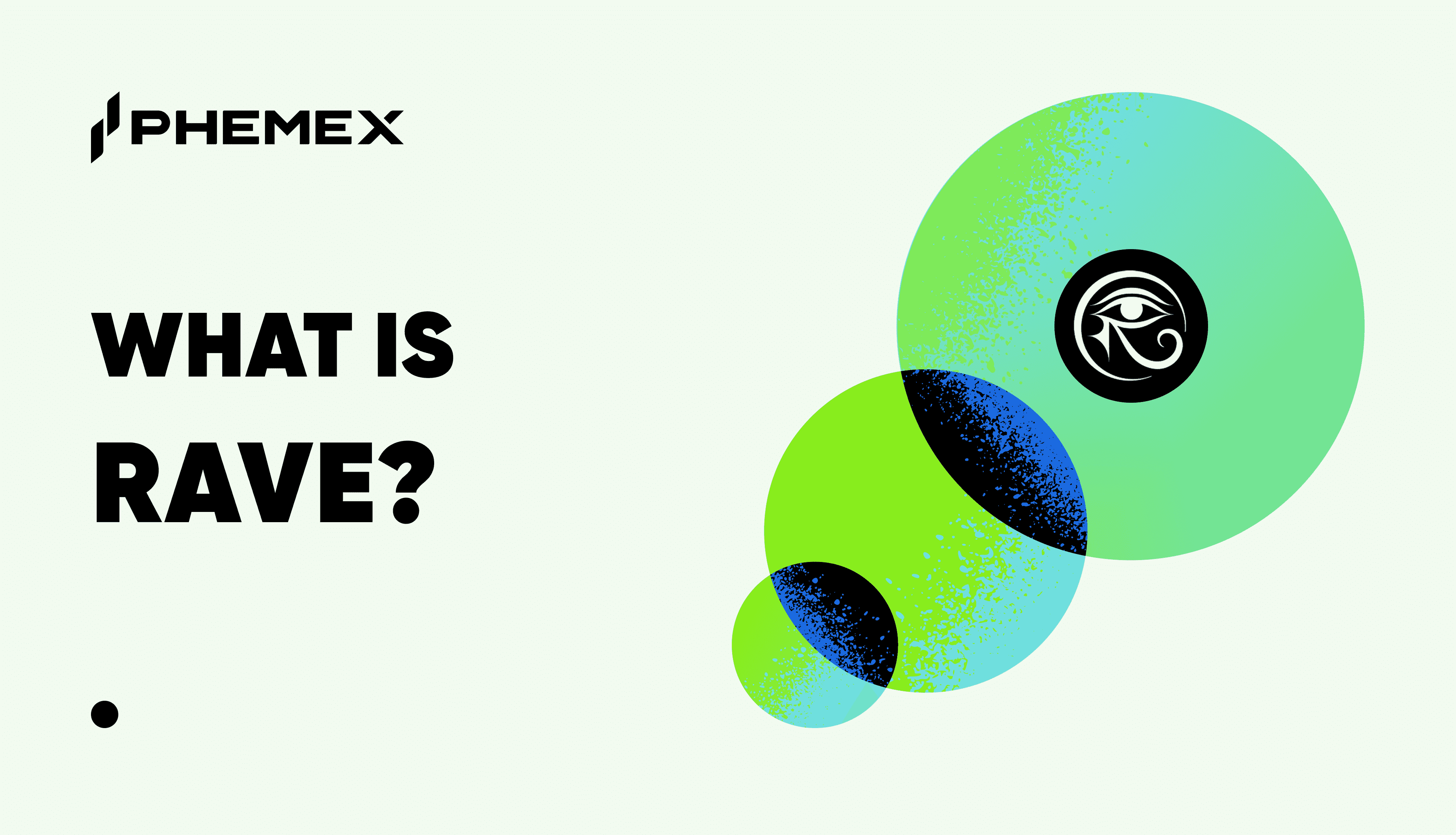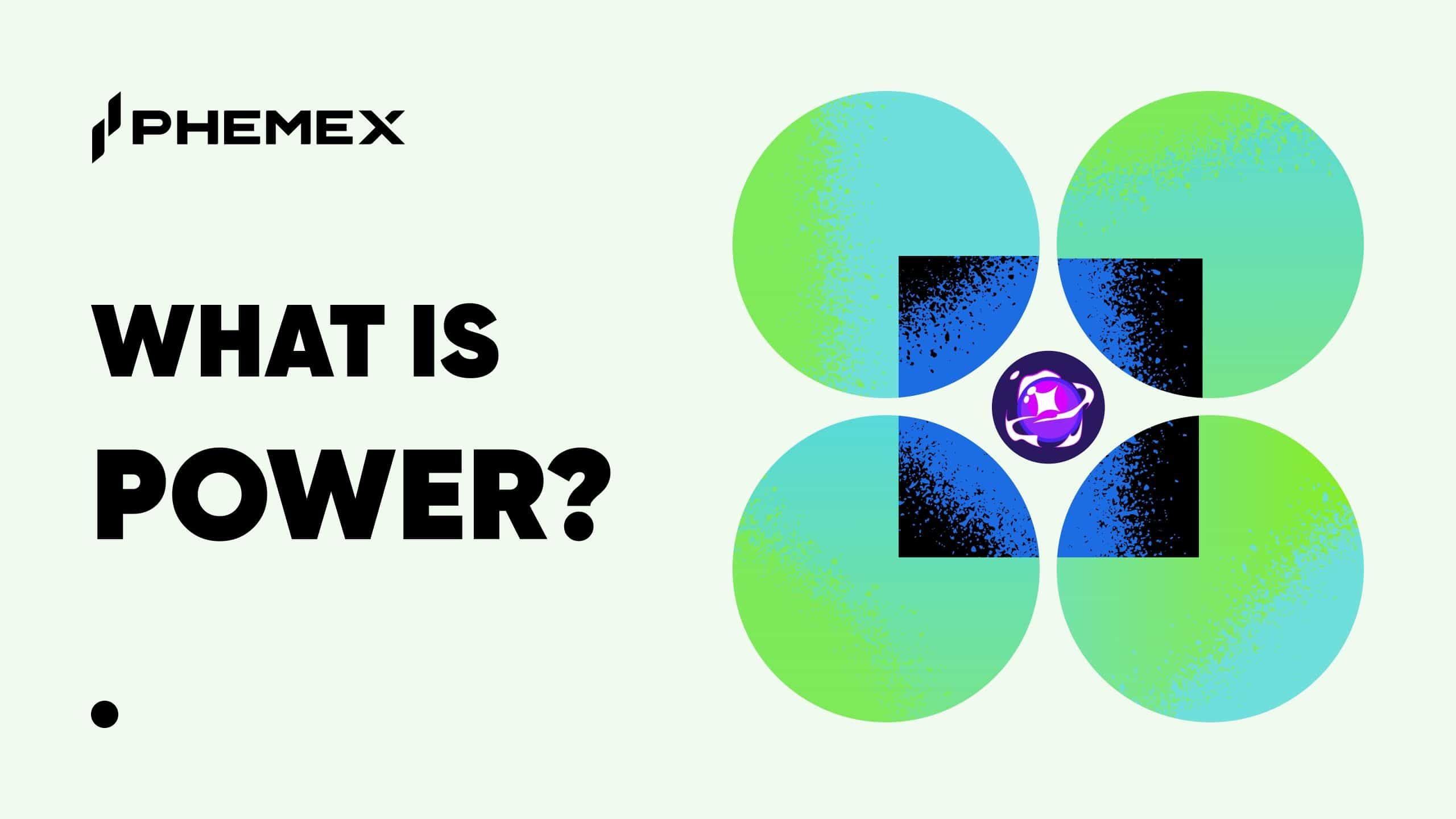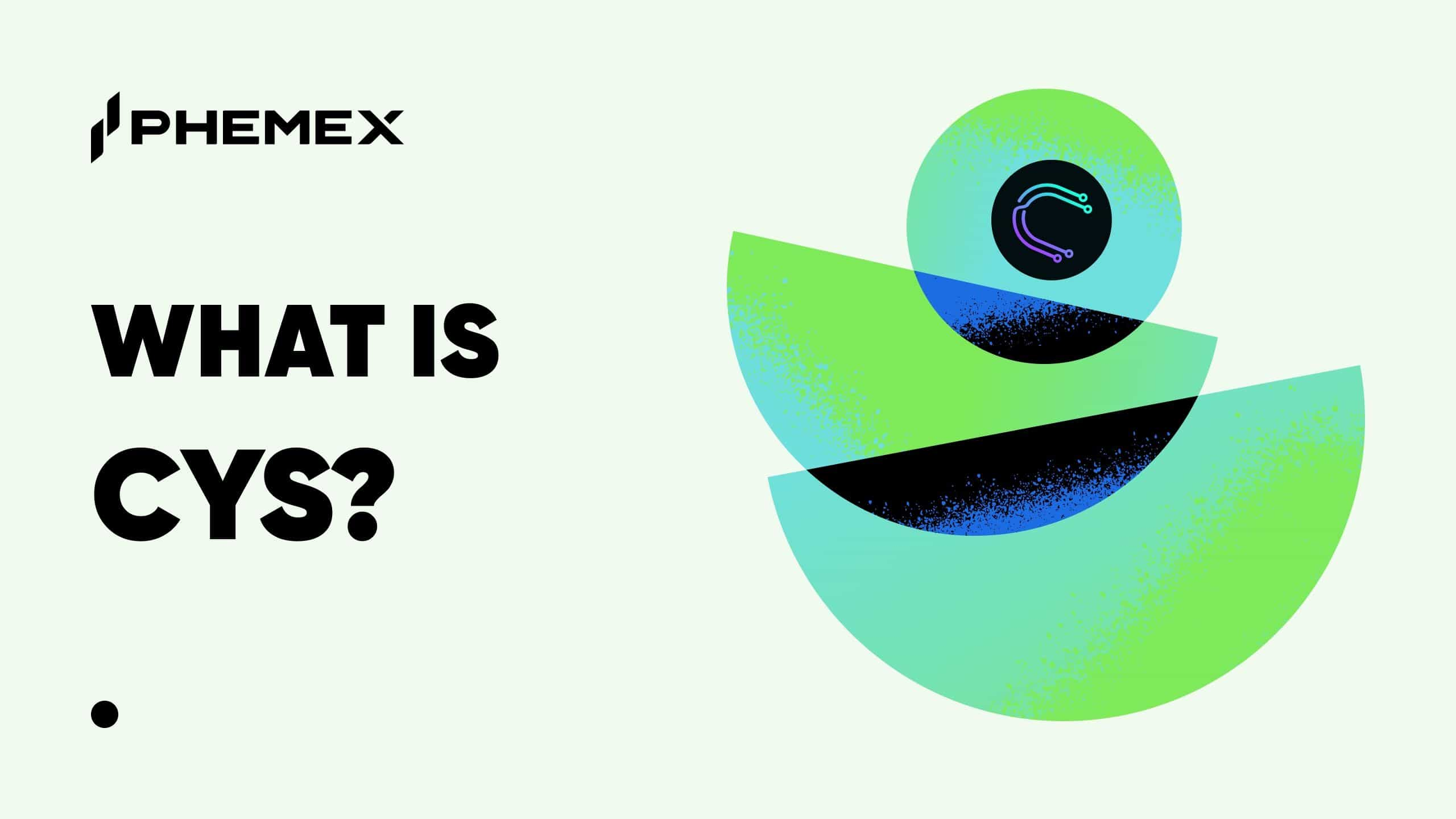Introduction
Copper demand is growing due to AI data centers, electric vehicles, and renewable energy, but physical ownership involves high logistics and storage costs. TCu29 (TCU29) addresses this by tokenizing physical copper as an RWA on multi-chain blockchains, providing 1:1 backing with audited reserves for transferable digital claims. It's like a digital certificate for copper pounds, tradable without physical handling. Built with third-party audits, insurance, and surety bonds, it ensures verifiable backing. The TCU29 token enables ownership, trading, and redemption. This guide explains everything simply: what TCu29 is, how TCU29 works, why it matters in 2025, and how to buy TCU29 on Phemex.
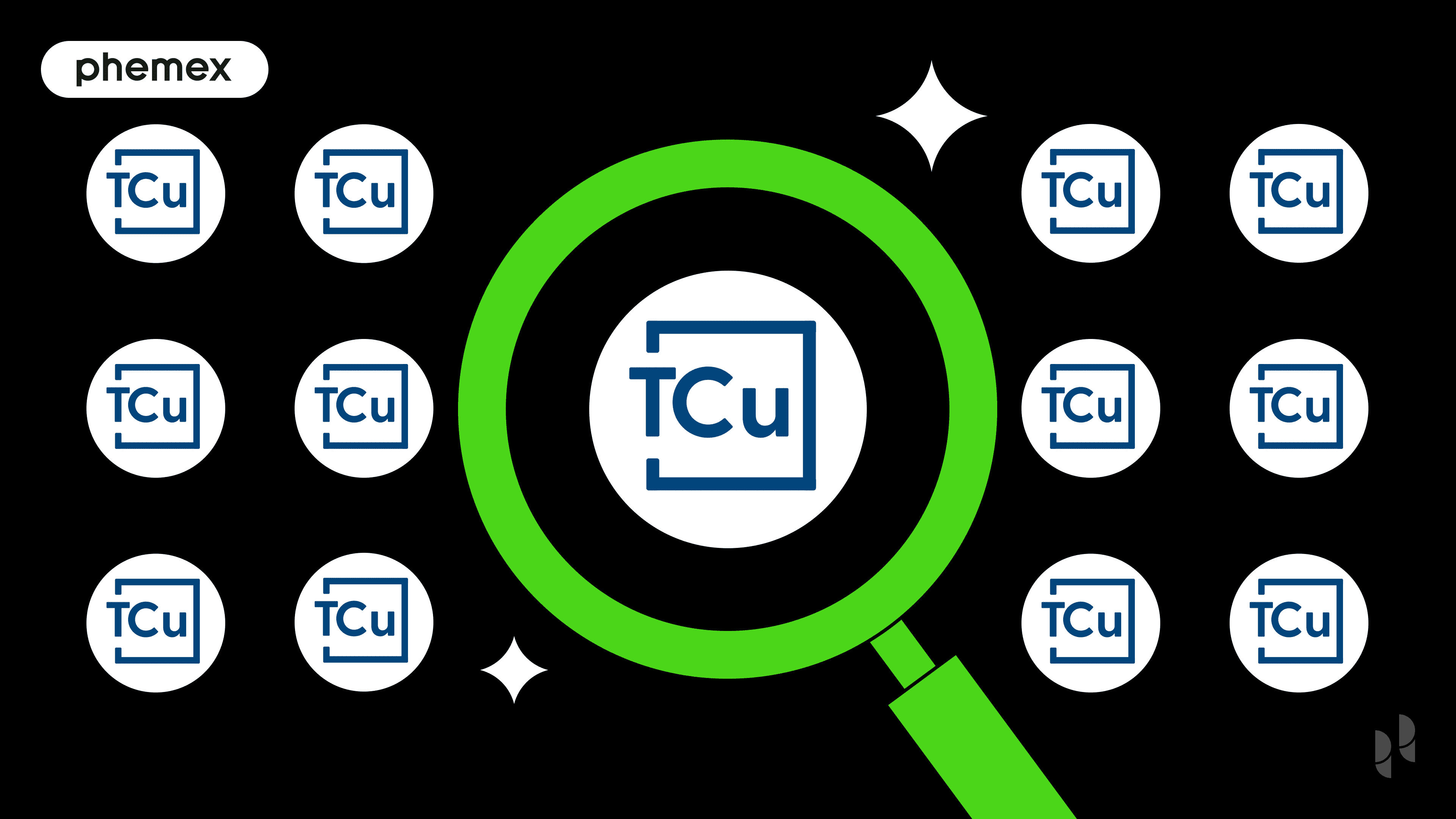
Quick Facts About TCU29
| Ticker | TCU29 |
|---|---|
| Chain | Multi-chain (BSC, Ethereum, Polygon, Arbitrum, Base) |
| Contract Address (BSC) | 0x5b0b5c848a843c83c20dcfa25cde6e122898a614 |
| Circulating Supply | Not specified |
| Total Supply | Not specified |
| Max Supply | 1.2B |
| Use Case | Copper ownership claim, redemption, B2B integration |
| Availability on Phemex | Spot (TCU29/USDT) |
What Is TCU29? TCu29 Explained
TCu29 is a physically-backed RWA token issued by Tempestas Copper Inc., with each token representing a direct claim on one pound of industrial-grade copper held in secure facilities with 24/7 surveillance and environmental controls. It enables digital transferability, divisibility, and integration capabilities while maintaining a direct connection to the physical commodity through verifiable 1:1 backing.
The token operates across BSC (BEP-20 for cost-sensitive operations), Ethereum (ERC-20 for enterprise-grade security and smart contract maturity), and Polygon (for ultra-low gas fees and near-instant confirmations), using atomic burn-verify-mint mechanisms for cross-chain transfers without bridge vulnerabilities. Reserves exceed 1.2 billion pounds of geologically verified U.S.-based copper, with strategic supply chain partnerships and independent third-party audits ensuring 1:1 correspondence and on-chain transparency.
What Does TCU29 Do?
TCu29 represents ownership of physical copper in digital form, allowing holders to trade on secondary markets, use as DeFi collateral, or redeem via structured pathways with clear documentation under the Asset Trust Agreement. Copper is stored in insured warehouses with controlled access, with regular scheduled and surprise third-party audits published on-chain for immutable verification.
Users acquire tokens through B2B primary distribution or DEXs like PancakeSwap, hold them in compatible multi-chain wallets, and access value through four redemption options: physical delivery or secure storage (with shipping/insurance costs for qualified entities), discretionary buybacks by Tempestas at slight market discounts during restocking, institutional offtake agreements with spot or trailing average pricing (quarterly/biannual windows up to 12 months), or exchange trading for peer-to-peer liquidity. This supports industrial procurement, supply chain hedging, and arbitrage for commercial traders.
Key Characteristics of TCU29
- 1:1 Physical Backing: Each token backed by one pound of warehoused copper with geologically verified reserves.
- Multi-Chain Deployment: BSC for cost efficiency and faster finality, Ethereum for institutional custody, Polygon for enhanced scalability and micro-payments.
- Redemption Pathways: Physical delivery/storage, discretionary buyback, offtake agreements, secondary market trading.
- Audit & Insurance: Quarterly independent audits (scheduled/surprise), full insurance against theft/fire/damage, on-chain immutable records.
- B2B Tools: Comprehensive API infrastructure, role-based multi-user controls, real-time inventory tracking, automated compliance reporting.
- Security Measures: Surety bonds guaranteeing redemption, multi-signature authorization, time-locked updates for major changes.
TCU29 Tokenomics
TCu29 has a maximum supply of 1.2 billion tokens, each minted against verified physical copper deposits from stockpiles and affiliated mining operations. No inflationary mechanics exist; token issuance is strictly tied to copper reserves, strategic partnerships, and third-party verification to prevent dilution. Initial liquidity is provided on PancakeSwap (BSC), with expansion to centralized exchanges for broader access.
Token Allocation
| Category | % | Amount | Purpose | Vesting |
|---|---|---|---|---|
| Reserves-Backed | 100% | 1.2B max | Physical copper claims via audited deposits | Minted on independent verification |
| Initial DEX Liquidity | N/A | ~1.8K (current pool) | Secondary market trading and price discovery | Immediate |
TCU29 vs. PAXG
Both are physically-backed RWA tokens classified as commodity claims (not securities), but TCU29 targets industrial copper demand with B2B focus, while PAXG emphasizes gold as a retail store of value.
| Feature | TCU29 (TCu29) | PAXG (Pax Gold) |
|---|---|---|
| Underlying Asset | 1 lb industrial copper | 1 oz LBMA gold |
| Backing Ratio | 1:1 physical with surety bonds | 1:1 physical with allocated storage |
| Primary Chain | BSC (initial deployment) | Ethereum |
| Redemption | Physical, buyback, offtake, trading | Physical delivery only |
| Target Use | Industrial/B2B procurement | Investment/retail hedging |
| Best For | Copper supply chain exposure | Precious metal diversification |
Technology Behind TCu29
TCu29 uses a layered architecture designed for security, transparency, and enterprise integration:
- Physical Layer: Copper stored in insured U.S. facilities with 24/7 surveillance, controlled access, environmental controls, and comprehensive risk coverage.
- Verification Layer: Quarterly audits by specialized third-party firms, on-chain proof-of-reserves, multi-signature authorization for critical actions.
- Blockchain Layer: Multi-chain deployment with atomic cross-chain coordination, time-locked smart contract updates, and immutable audit history.
Smart contracts handle minting upon deposit verification, burning during redemption, and cross-chain transfers, ensuring backing integrity and compliance with Swiss asset token framework.
TCu29 Team and Origins
TCu29 is developed by Tempestas Copper Inc., a U.S. company with over 1.2 billion pounds of copper reserves and affiliated mining operations in Arizona. Legal structure is governed under Swiss law as a commodity claim token (not security, investment contract, or derivative), with compliance assessment by LEXR Law Switzerland AG. The project addresses copper supply constraints—12–18 year mine lead times, 30% ore grade decline since 2000—through blockchain tokenization for industrial and financial users.
TCU29 News and Milestones
- June 1, 2024: Token deployment on BSC with PancakeSwap liquidity.
- April 2024: Partnership announcement with Global 12 for tokenization infrastructure.
- October 28, 2025: Official post on X emphasizing RWA physical-digital bridge.
- October 29, 2025: Phemex listing announcement.
- October 30, 2025: Live trading on Phemex Spot at 10:00 UTC.
What Will Affect TCU29’s Price 2025–2030?
TCU29 price tracks copper spot markets (~$4–$5/lb currently), influenced by industrial demand, RWA adoption, liquidity depth, and projected scenarios to $25–$52/lb by 2030.
Factors That May Increase TCU29’s Price
- Industrial Demand Growth: AI data centers (20–40 MT/MW), EVs (183 lbs/vehicle vs. 43 lbs ICE), and renewables (4–5x copper/MW) drive structural deficits. Higher spot prices directly elevate token value through 1:1 backing and offtake pricing.
- RWA Sector Expansion: Institutional interest in tokenized commodities grows with enterprise API adoption. Exchange listings improve accessibility, trading volume, and arbitrage opportunities.
- Audit Transparency: Regular third-party verification (scheduled/surprise) builds trust for B2B users. Public on-chain reports reduce perceived counterparty risk and support premium valuation.
- Liquidity Improvement: Phemex listing adds centralized market access with tighter spreads. Increased depth attracts commercial traders and DeFi protocols using TCU29 as collateral.
- Supply Constraints: Mine lead times (12–18 years), ore grade decline (30% since 2000), and 65% of untapped resources in water-stressed regions limit output. Reduced availability supports higher commodity pricing and token correlation.
Factors That May Decrease TCU29’s Price
- Copper Price Declines: Market surpluses or demand slowdowns lower spot rates below $3/lb. Token value follows physical commodity pricing with no floor mechanism.
- Low Trading Volume: Limited initial liquidity (~$18K pool) causes slippage on large orders. Thin order books deter institutional participants and widen bid-ask spreads.
- Regulatory Changes: Evolving commodity token rules in U.S./EU apply despite Swiss exemptions. Compliance costs or restrictions on redemption/offtake impact operations and sentiment.
- Redemption Delays: Offtake scheduling creates waiting periods up to 12 months with quarterly windows. Liquidity constraints reduce holder flexibility and encourage selling pressure.
- Operational Risks: Storage disruptions, insurance claims, or audit discrepancies arise. Though fully insured with surety bonds, short-term events affect confidence and trading.
How to Buy TCU29 on Phemex
- Sign Up: Create and verify your Phemex account with email and KYC for secure access.
- Deposit Funds: Add USDT via one-click buy, card, bank transfer, or crypto deposit from any wallet.
- Buy TCU29: Go to Spot > TCU29/USDT, enter your amount, review order, and confirm. You’ll receive TCU29 instantly in your Phemex wallet.
TCU29 FAQ
1. What is TCU29? A Real World Asset token where each TCU29 represents a direct claim on one pound of physical copper stored in audited, insured facilities with 1:1 backing verified by independent third-parties.
2. How does TCu29 work? Tokens are minted against geologically verified copper deposits and operate on BSC, Ethereum, and Polygon, enabling digital transfer, B2B integration, and structured redemption pathways via smart contracts with atomic cross-chain support.
3. What does TCU29 do? It provides digital ownership of physical copper, supports trading on exchanges/DEXs, and offers redemption via physical delivery/storage, discretionary buybacks, offtake agreements with spot pricing, or secondary markets for liquidity.
4. How to use TCU29? Acquire through B2B channels or exchanges, hold in multi-chain wallets, trade on PancakeSwap or Phemex Spot, integrate via API for enterprise procurement, or redeem through official processes with custom scheduling.
5. What is TCU29’s supply? Maximum 1.2 billion tokens, each backed by one pound of copper from reserves exceeding 1.2 billion pounds with no inflation or additional minting beyond verified deposits. 6. What is TCU29 tokenomics 2025? Fixed cap with no inflation; token supply is constrained by physical copper availability, quarterly verification, and strategic partnerships, ensuring direct commodity linkage and scarcity aligned with industrial demand.
Conclusion
TCu29 (TCU29) tokenizes physical copper as a verifiable RWA, connecting industrial demand with blockchain efficiency through audited 1:1 backing and enterprise-grade tools. With multi-chain support, structured redemption, and Phemex Spot trading, it enables accessible copper exposure for B2B and DeFi users. Trade TCU29 on Phemex today and access tokenized copper.





